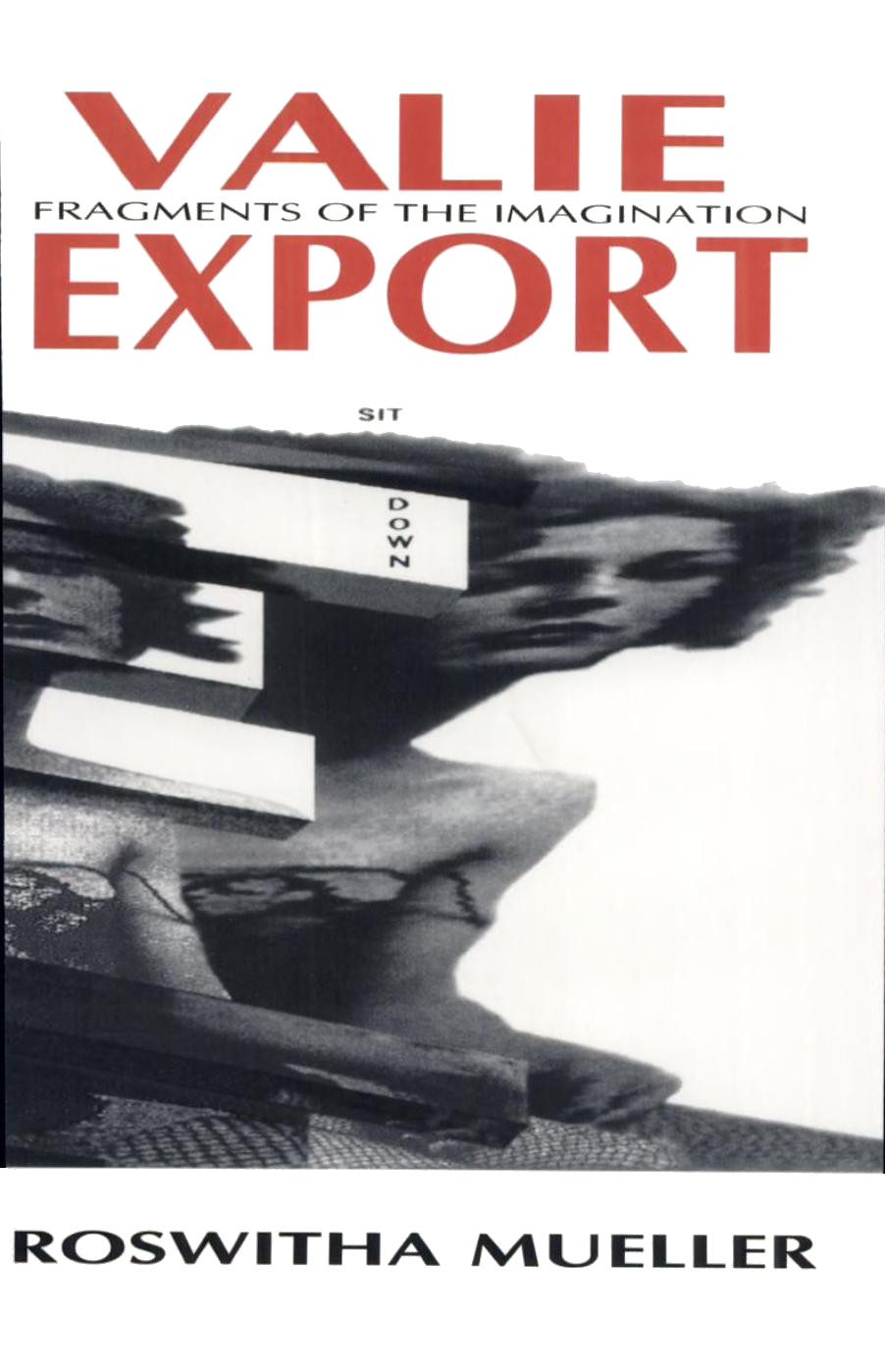Hillel Schwartz: The Culture of the Copy: Striking Likenesses, Unreasonable Facsimiles, 2nd ed. (1996/2013)
Filed under book | Tags: · animal, appropriation, art, children, computing, copy, death, fashion, film, gender, genetics, history, imitation, japan, language, machine, memory, music, photography, piracy, property, reenactment, reproduction, sculpture, simulation, slavery, statistics, surgery, technology, theatre, time, war

The Culture of the Copy is an unprecedented attempt to make sense of the Western fascination with replicas, duplicates, and twins. In a work that is breathtaking in its synthetic and critical achievements, Hillel Schwartz charts the repercussions of our entanglement with copies of all kinds, whose presence alternately sustains and overwhelms us. Through intriguing, and at times humorous, historical analysis and case studies in contemporary culture, Schwartz investigates a stunning array of simulacra—counterfeits, decoys, mannequins, and portraits; ditto marks, genetic cloning, war games, and camouflage; instant replays, digital imaging, parrots, and photocopies; wax museums, apes, and art forgeries, not to mention the very notion of the Real McCoy. Working through a range of theories on biological, mechanical, and electronic reproduction, Schwartz questions the modern esteem for authenticity and uniqueness. The Culture of the Copy shows how the ethical dilemmas central to so many fields of endeavor have become inseparable from our pursuit of copies—of the natural world, of our own creations, indeed of our very selves.
This updated edition takes notice of recent shifts in thought with regard to such issues as biological cloning, conjoined twins, copyright, digital reproduction, and multiple personality disorder. At once abbreviated and refined, it will be of interest to anyone concerned with proglems of authenticity, identity, and originality.
First published in 1996
Publisher Zone Books, New York, 2013
ISBN 1935408453, 9781935408451
480 pages
Review (Terence Hawkes, London Review of Books, 1997)
Review (Francis Kane, The New York Times, 1997)
Review (Todd Gitlin, Los Angeles Times, 1997)
Download (removed on 2014-3-20 upon request of the publisher)
Comment (1)Anselm Franke (ed.): Animism, 1 (2010)
Filed under book | Tags: · aesthetics, animal, animism, art, art history, ethnography, film, nature, spiritualism, things

“What is the role of aesthetic processes in the drawing of the boundaries between nature and culture, humans and things, the animate and inanimate? Structured around the aesthetic processes and effects of animation and mummification, Animism—a companion publication to the long-term exhibition of the same title, which premiered at Extra City Kunsthal Antwerpen in January 2010—brings together artistic and theoretical perspectives that reflect on the boundary between subjects and objects, and the modern anxiety that accompanies the relation between “persons” and “things.”
With works by Agency, Art & Language, Christian W. Braune & Otto Fischer, Marcel Broodthaers, Paul Chan, Tony Conrad, Didier Demorcy, Walt Disney, Lili Dujourie, Jimmie Durham, Eric Duvivier, Harun Farocki, León Ferrari, Christopher Glembotzky, Victor Grippo, Brion Gysin, Luis Jacob, Ken Jacobs, Darius James, Joachim Koester, Zacharias Kunuk, Louise Lawler, Len Lye, Étienne-Jules Marey, Daria Martin, Angela Melitopoulos & Maurizio Lazzarato, Wesley Meuris, Henri Michaux, Santu Mofokeng, Vincent Monnikendam, Tom Nicholson, Otobong Nkanga, Reto Pulfer, Félix-Louis Regnault, Józef Robakowski, Natascha Sadr Haghighian, Paul Sharits, Yutaka Sone, Jan Švankmajer, David G. Tretiakoff, Rosemarie Trockel, Anne-Mie Van Kerckhoven, Dziga Vertov, Klaus Weber, Apichatpong Weerasethakul.”
With contributions by Agency, Irene Albers, Oksana Bulgakowa, Edwin Carels, Bart De Baere, Didier Demorcy, Brigid Doherty, Sergei Eisenstein, Anselm Franke, Masato Fukushima, Avery F. Gordon, Richard William Hill, Darius James, Gertrud Koch, Joachim Koester, Bruno Latour, Maurizio Lazzarato and Angela Melitopoulos, Vivian Liska, Henri Michaux, Santu Mofokeng, Philippe Pirotte, Florian Schneider, Erhard Schüttpelz, Michael Taussig, Eduardo Viveiros de Castro, Martin Zillinger.
Publisher Sternberg Press, Berlin, with Extra City – Kunsthal Antwerpen and M HKA – Museum of Contemporary Art, Antwerp, 2010
ISBN 9781933128955
256 pages
via chickpou
PDF (7 MB, updated on 2019-1-15)
Exhibition booklets: Muhka (EN), Muhka (NL), HKW (EN), HKW (DE).
Roswitha Mueller: Valie Export: Fragments of the Imagination (1994)
Filed under book | Tags: · art, body, expanded cinema, experimental film, feminism, film, fluxus, performance, performance art, photography, video

An early, groundbreaking radical performance artist, Valie Export created a philosophy of “Feminist Actionism” and in multimedia performances used the female body to critique male spectatorship. Roswitha Mueller examines Export’s performance and installation work; her photography; her avant-garde film experiments and her four feature films; and her critical writings and interviews. Valie Export’s primary object of study is the female human body, and as a multimedia artist, she has merged the discourses of the avant-garde and of feminism to reappropriate women’s gestures, postures, images, and rights. This comprehensive and extensively illustrated study also includes an interview with Export.
Publisher Indiana University Press, 1994
Women Artists in Film series
ISBN 0253209250, 9780253209252
246 pages
Review: Alison Butler (Screen, 1996).
PDF (no OCR)
Comment (0)
